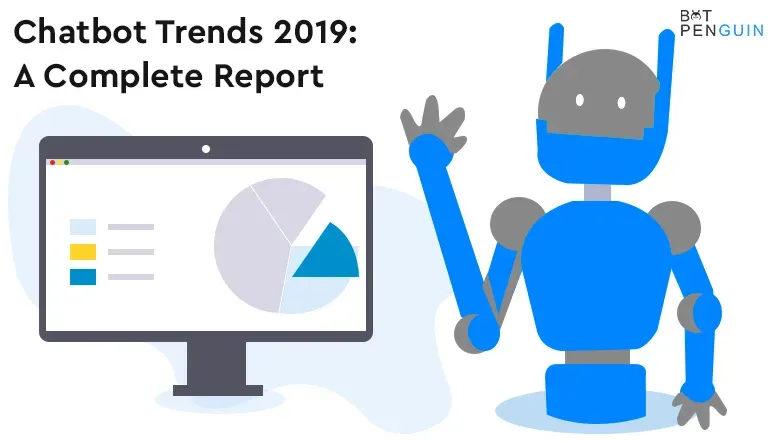Looking for a unique way to engage your customers? Many businesses have begun utilizing chatbots and computer programs with artificial intelligence (AI) software technology. These chatbots are able to handle customer interactions and quickly answer customer inquiries automatically. Before you can benefit from a chatbot, you'll need to learn how to create one. Learn more about free ai chatbot makers and what you need to know before creating your first chatbot.
How to Use a Chatbot Maker to Create Your Own Chatbot
First, you need to determine which ai chatbot maker will best meet your needs and be the most suitable for your budget. Several popular free ai chatbot makers are available, each with different features and capabilities. When evaluating potential chatbot makers, make sure to consider the following:
User experience – some ai chatbot makers are easier to use than others.
Monetary costs – the cost of using a chatbot maker varies from provider to provider.
Integrations – some ai chatbot makers are more compatible with third-party applications than others.
Automation capabilities – some ai chatbot makers offer more automation capabilities than others.
Once you've identified which ai chatbot maker is right for you, you'll need to create an account with the maker. Once your account is set up, you can begin designing and building your own chatbot.
What You Need to Know Before Creating Your First Chatbot
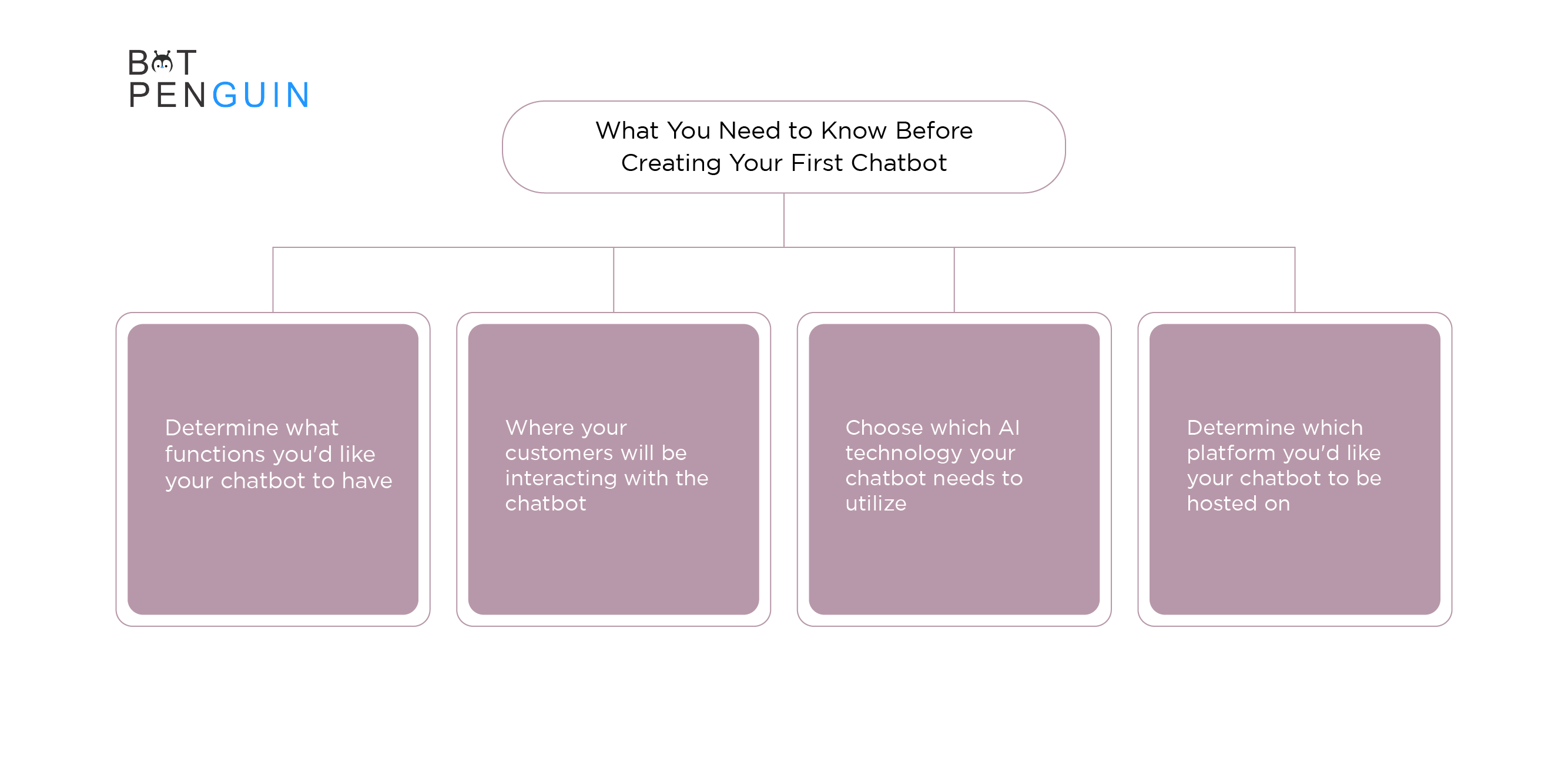
In order to design your own chatbot, you should consider a few important factors. Determine what features your ai chatbot should have and what conversations it should be able to handle first. This will help ensure the chatbot is set up correctly. Additionally, think about where your customers will be interacting with the chatbot—on a website. In a mobile app? This will influence how you design the chatbot.
You will also need to choose which AI technology your chatbot needs to utilize. Natural language processing (NLP) is a popular AI technology used in many chatbots. This technology enables the chatbot to understand what users say and respond accordingly. Furthermore, determine which platform you'd like your chatbot to be hosted on - Facebook Messenger, Slack, and many others are available.
Benefits of Having a Chatbot for Your Business
Chatbots have many benefits for businesses. Most notably, it helps save time and resources. Instead of responding to customer inquiries manually, an ai chatbot can quickly answer them, which can free up time for other marketing initiatives. Additionally, having a chatbot installed on a website or mobile app helps create an interactive and enjoyable experience for users, improving their overall satisfaction.
Chatbots also help businesses save money since they don't require human agents to handle customer interactions like live chats do. Furthermore, since most chatbots use artificial intelligence, they are capable of providing accurate responses that humans would be unable to recall on their own.
Features of a Good Chatbot Maker
Check out these features when choosing a free ai chatbot maker:
User-friendly interface for creating highly customized chatbots.
A natural language processor for better accuracy when responding to customer inquiries.
A wide selection of templates can be used for quickly creating a functional chatbot.
Third-party integrations for powering additional features such as payment processing or lead generation.
Robust analytics tools so you can quickly identify areas needing improvements.
These features will help ensure you are able to create an effective and reliable chatbot for your business quickly.
Tips for Creating an Effective Chatbot
Creating an effective chatbot involves more than just choosing an ai chatbot maker; several other steps can help ensure the success of your chatbot. Here are some tips to keep in mind:
Clearly define the purpose of the chatbot – taking time to determine the goal of the chatbot will ensure it is built correctly.
Choose an appropriate platform – make sure the platform you choose is compatible with the chatbot's intended use.
Write clear and concise instructions – writing clear instructions for the bot will help it understand customer inquiries.
Create multiple scenarios – creating multiple scenarios can help test how effective the bot is at handling customer conversations.
Test often – having regular testing sessions can help identify potential issues with the bot early on in the development process.
Following these tips will help ensure you create an effective and useful chatbot.
Best Practices for Designing and Developing a Quality Chatbot
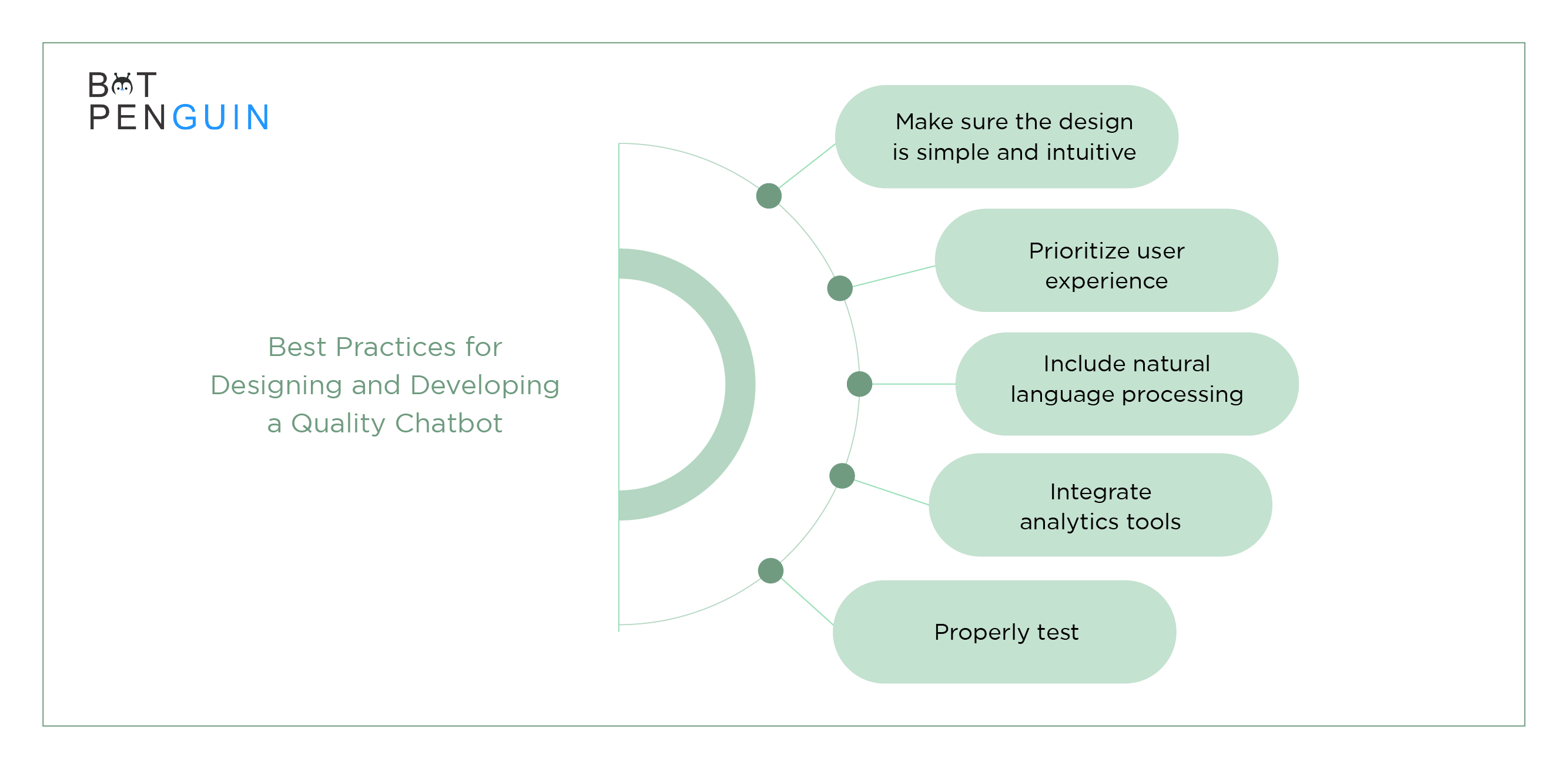
Designing and developing a quality ai chatbot requires careful planning. The following tips will help you create the best possible ai chatbot:
Make sure the design is simple and intuitive – making sure your bot's interface is easy-to-understand will help ensure users have a positive experience.
Prioritize user experience – make sure the bot is providing helpful and accurate answers as quickly as possible.
Include natural language processing – adding NLP will help ensure more accurate responses from the bot.
Integrate analytics tools – using analytics tools can help identify areas that need improvement or features that need to be added.
Properly test – make sure all aspects of the bot have been tested thoroughly before launch.
How to Test and Launch Your Chatbot
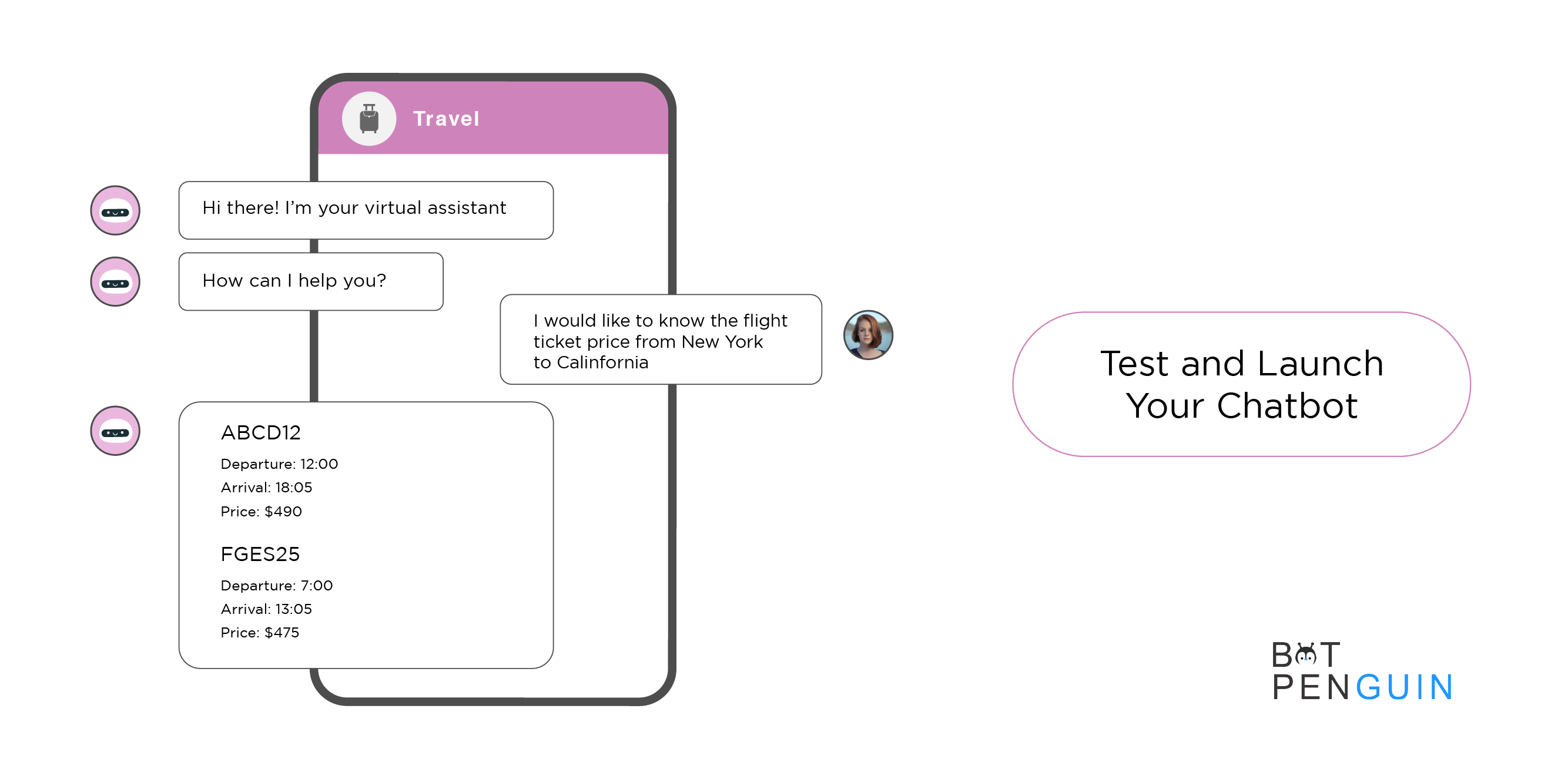
To ensure that your ai chatbot works properly, it must be tested before it is released. After you have developed the chatbot, create a testing environment and create multiple conversation scenarios that can be used to test how the bot handles customer inquiries. It is important to test all aspects of the bot, including how quickly it responds to inquiries and whether or not it provides accurate responses.
After the bot has been thoroughly tested, you can launch it on the platforms of your choice. Track performance metrics such as customer satisfaction ratings, customer engagement levels, etc., so that you can improve upon them in the future.
Identifying the Best Platforms for Your Chatbot
You should determine which platform is best suited for your ai chatbot before launching it. Popular options include website apps, mobile apps, Facebook Messenger and Slack. Many organizations also prefer integrating their bots into existing services such as Amazon Alexa or Google Home. According to your target audience's needs and the services they use most frequently, choose the best platform for them.
Before opting for a platform, make sure its capabilities match those needed by your ai chatbot. Additionally, keep in mind that some platforms require extra technical knowledge to set up, while others are more user-friendly. Finding one that matches your expertise is key to having a successful launch.
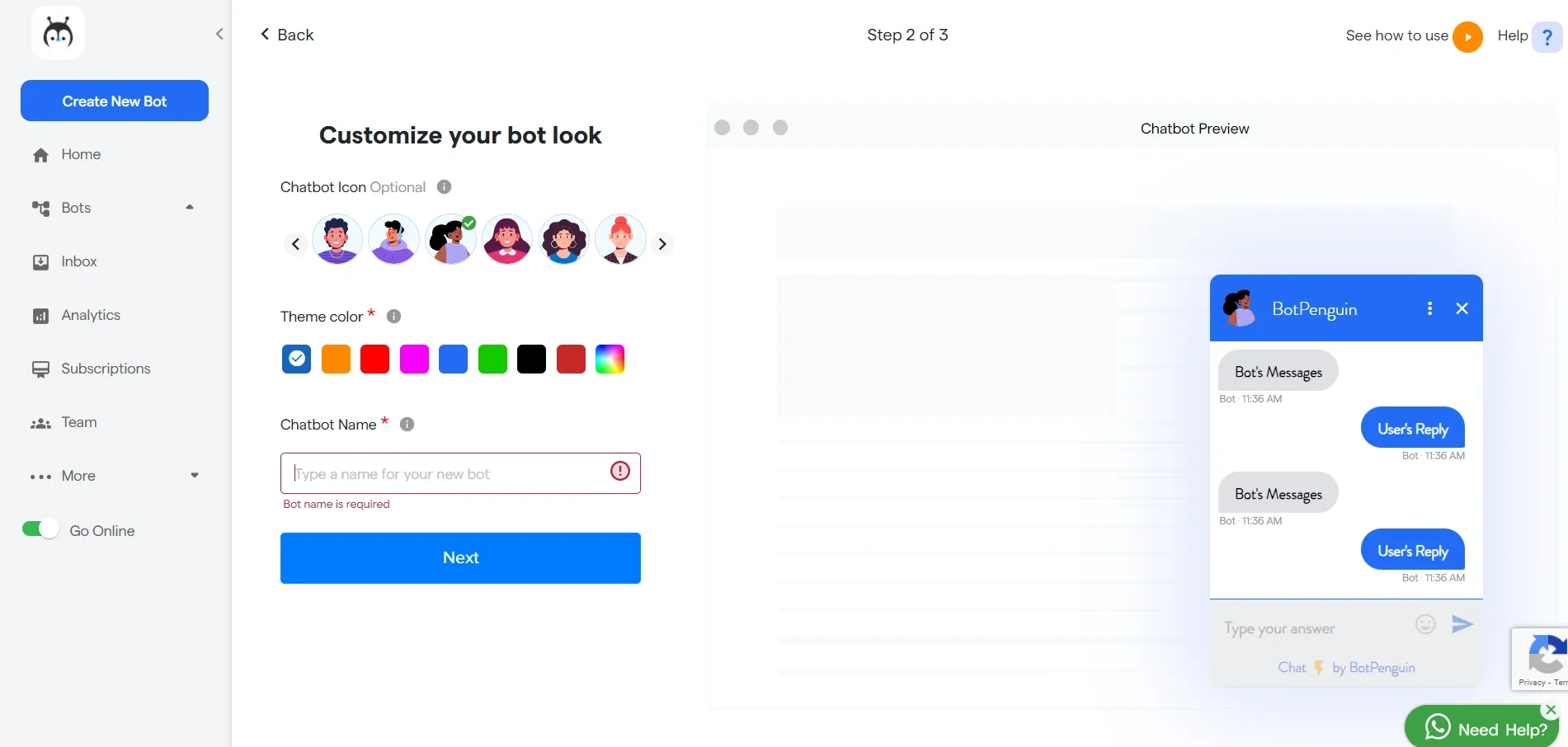
Apart from above, Botpenguin stands out as it is the best free ai chatbot maker platform. BotPenguin provides chatbots for different platforms, including WhatsApp, Facebook, Telegram, Website, and Squarespace:
- WhatsApp Chatbot
- Facebook Chatbot
- Wordpress Chatbot
- Telegram Chatbot
- Website Chatbot
- Squarespace Chatbot
- Woocommerce Chatbot
- Instagram Chatbot
- MS-Teams Chatbot
- Shopify Chatbot
What are you waiting for? Contact BotPenguin now!
What You Need to Know About AI and Machine Learning

If you plan on using artificial intelligence (AI) or machine learning (ML) technology when creating your own ai chatbot, there are several important things to know. AI technology allows computers to process natural language so that they can understand what customer inquiries mean and respond appropriately. Additionally, decisions made by AI-powered bots are usually more accurate than those made by humans since AI systems can consider a large amount of data.
Machine learning technology allows systems to learn from interactions with customers in order to become more effective over time. The bot can help identify patterns in customer inquiries which can be used in learning algorithms so that it can more accurately predict future customer behavior.
Strategies for Growing Your Audience with a Chatbot
Having a successful audience growth strategy for your ai chatbot is crucial for its success. Start by creating content designed for engaging customer conversations, such as questionnaires or surveys.
You can also use personalization techniques such as using customer names or other preferences when starting conversations with customers. Additionally, collecting customer feedback and reviews on their experiences with the bot can be helpful in identifying areas needing improvement.
Another way to grow your audiences is by offering discounts or rewards when customers complete tasks such as subscribing to newsletters or participating in surveys. Additionally, leverage existing user networks such as social networks when advertising your bot, as this can help reach new users quickly.
Suggested Reading:
7 ways to transform your business with a free Chatbot Maker
Common Pitfalls to Avoid When Creating a Chatbot
Creating a successful ai chatbot requires careful planning, as multiple pitfalls can lead to mistakes during development. Here are some common pitfalls to avoid:
Failing to define clear goals
Developing a quality ai chatbot involves having clear objectives in mind so that its features accurately meet customer needs.
Not considering customer experience
The interface design should be simple and intuitive so that customers can easily interact without getting confused.
Not conducting proper testing
Ensure thorough testing is conducted before launching the bot to ensure accuracy before going live.
Analyzing the Performance of Your Chatbot
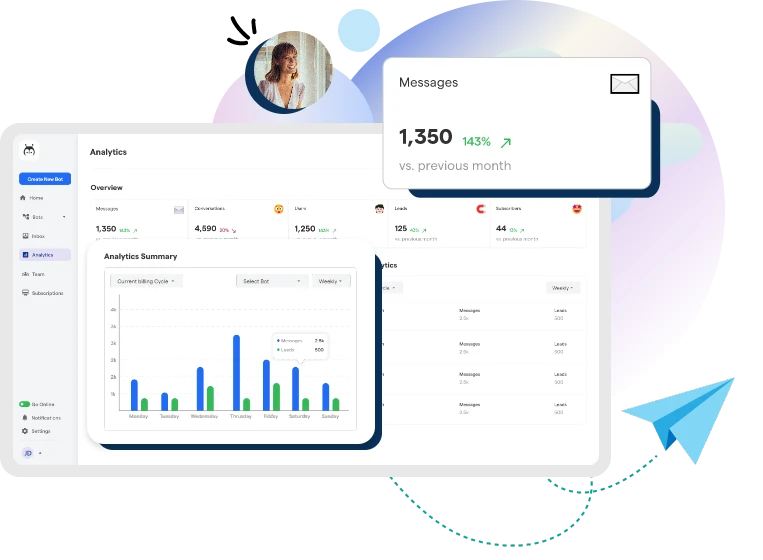
Regularly analyzing your ai chatbot's performance is important to determine whether or not it's meeting customer expectations. To assess performance metrics such as customer engagement levels or satisfaction ratings, use analytics tools provided by your chosen maker. Additionally, take into account real-time conversations customers had with the bots for additional insights.
Look at common questions customers asked or how quickly responses were given to determine areas needing improvement or features that need to be added, such as NLP capabilities or additional templates. Analyzing these performance metrics will help ensure your users have a better overall experience with your bots.
Leveraging Advanced Analytics for More Accurate Results
Using advanced analytics tools such as AI algorithms or ML models can help take already successful bots even further. AI algorithms allow computer's analytic capabilities not naturally possess cognition allowing for more precise data analysis than humans could perform.
ML models, on the other hand, help bots detect patterns in user behaviors that can be used to interact with customers more accurately. These analytics tools should be used in conjunction with basic analytics tools but taking this extra step will enable organizations to produce even better results from their bots.
AI-powered bots are rapidly becoming popular in many industries as organizations seek ways to automate their customer service operations. Even though AI technology is progressing quickly, there remains some room for improvement, particularly when it comes to decreased response times which still take longer than live agents.
In the near future, AI technologies will continue to improve in accuracy, and organizations will leverage machine learning algorithms even more features such as personalized recommendations and more accurate product search results, and speech recognition capabilities, among others. Additionally, bots will soon become accessible to virtually any device large device, such as smart speakers and home devices making them ubiquitous across sectors.

